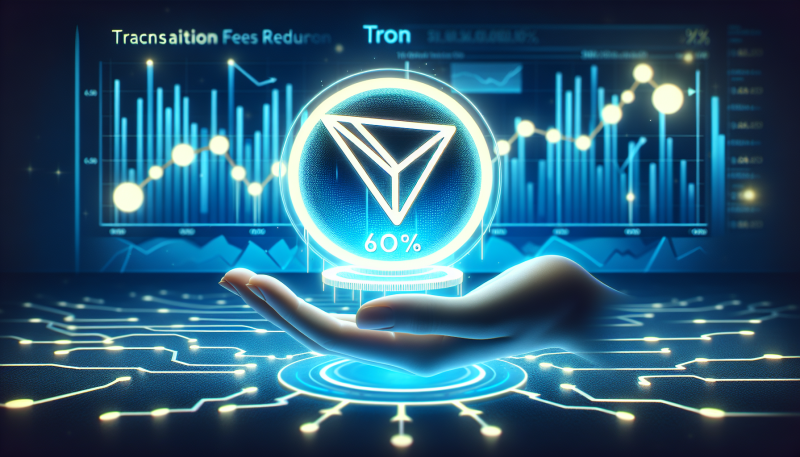What happened?
The Super Representative community of Tron has voted to reduce network transaction fees by 60%, marking the largest fee cut since the blockchain’s founding. The decision, which took effect on August 29, has seen energy unit prices decrease from 210 sun to 100 sun. This is an effort by Tron to maintain its dominance as the leading USDT rail, currently hosting a stablecoin supply of $80.97 billion.
Who does this affect?
The fee reduction primarily impacts Tron users and the broader stablecoin ecosystem. As the TRX token’s value has increased, so too have transfer fees, eroding Tron’s competitive advantage over rival networks. By slashing fees, Tron aims to expand its user base by 45% to 38.9 million eligible accounts that can execute typical USDT transfers, thereby maintaining its dominance in the stablecoin market.
Why does this matter?
This move is consequential for the cryptocurrency market as it reinforces Tron’s position as a preferred low-cost payment rail. The fee reduction could attract more users, thus potentially increasing transaction volumes and driving long-term revenue growth, notwithstanding the impact on short-term profitability. It also signals an intensifying strategic fee war among blockchain networks as they strive to balance profitability with competitive positioning.
